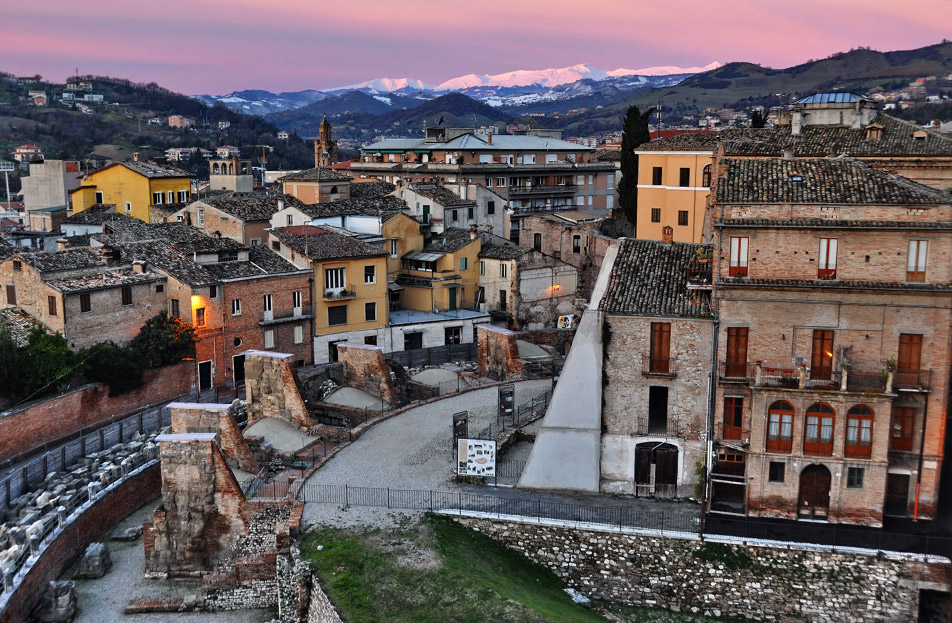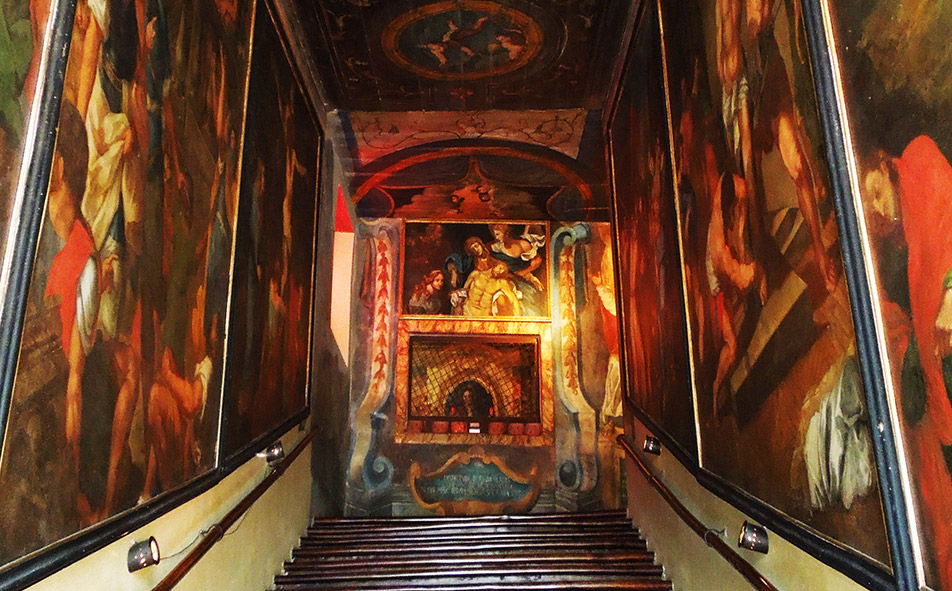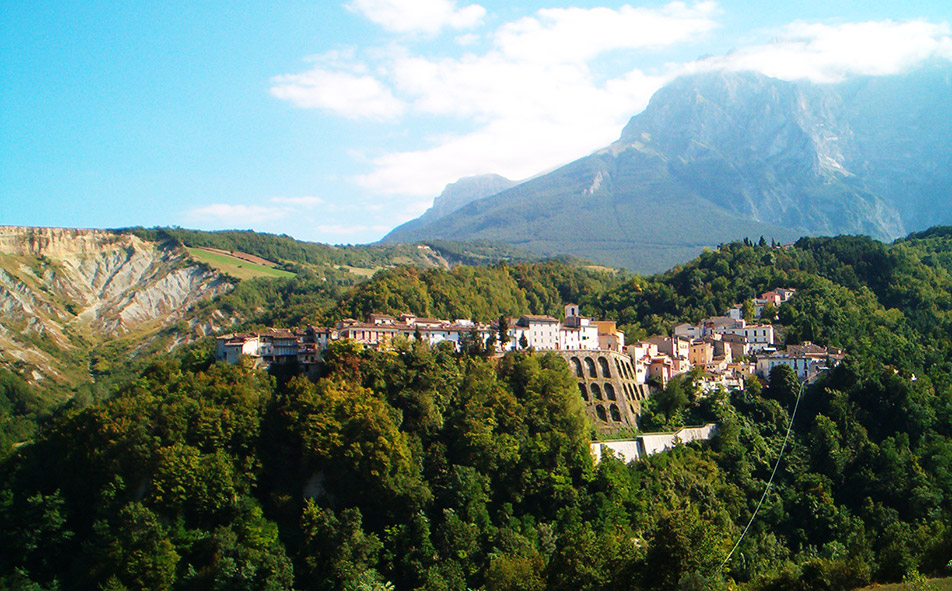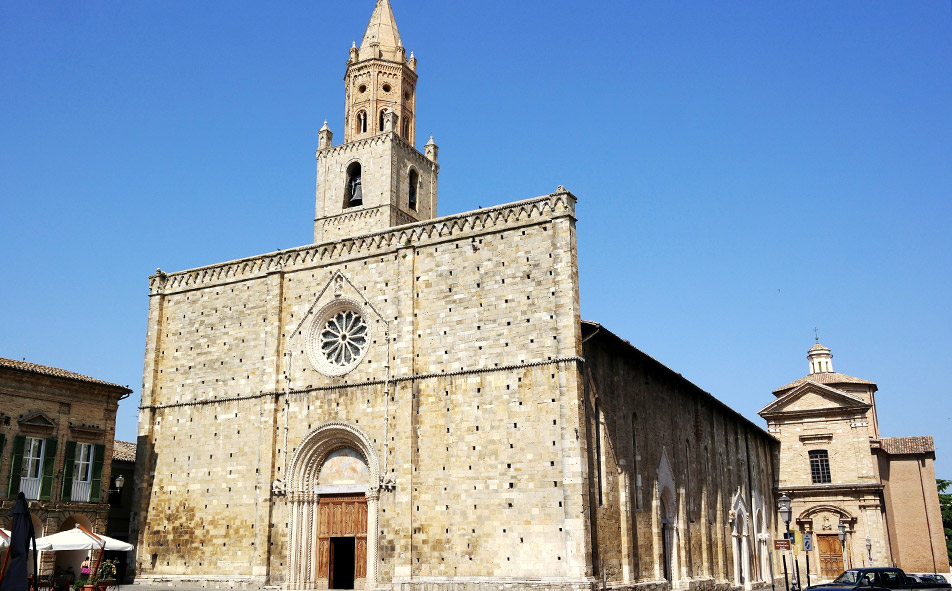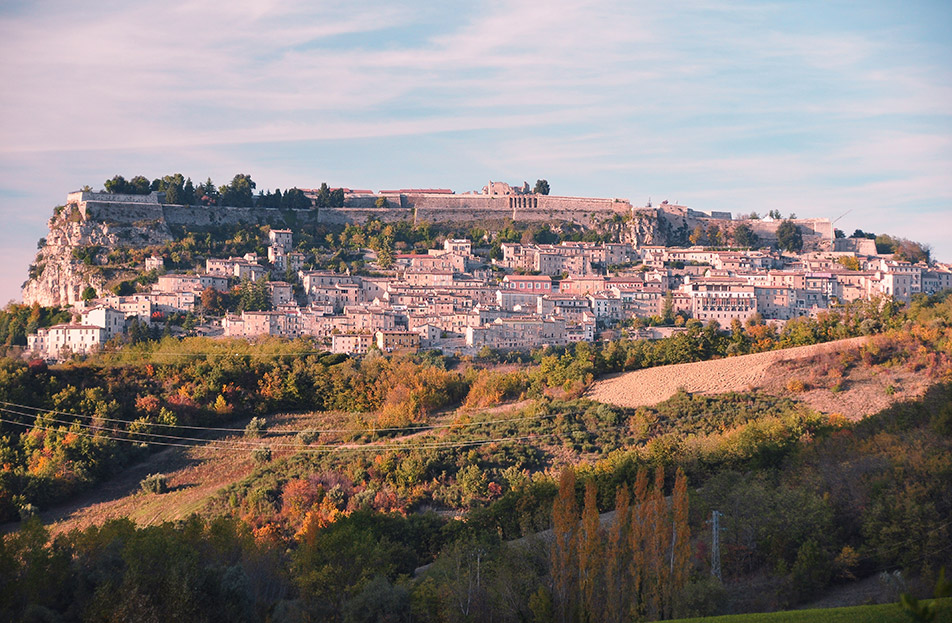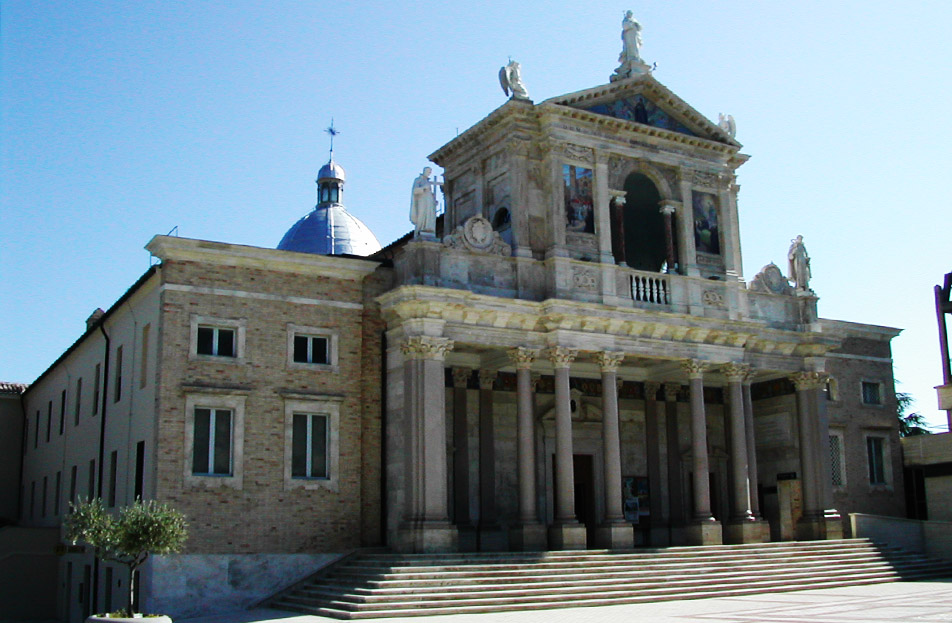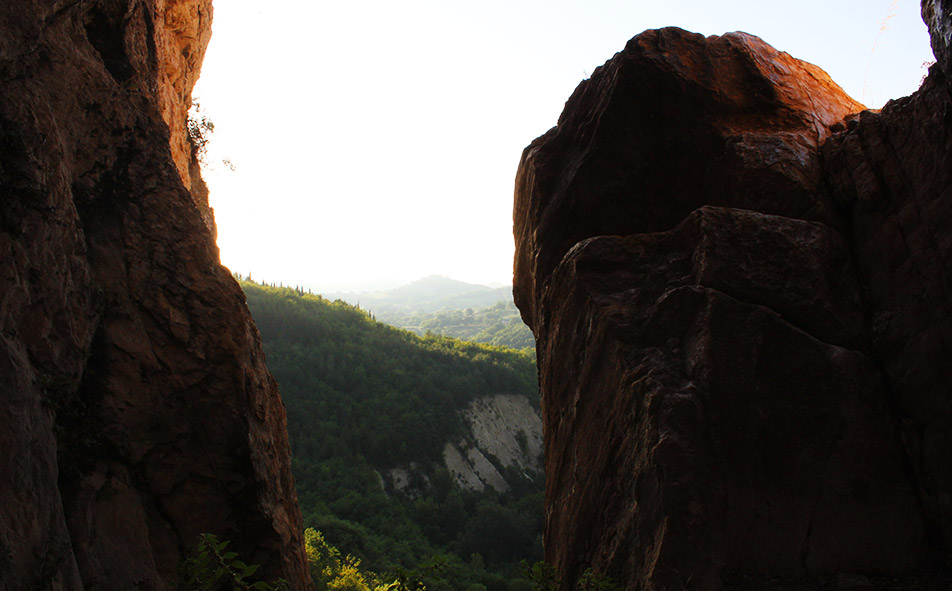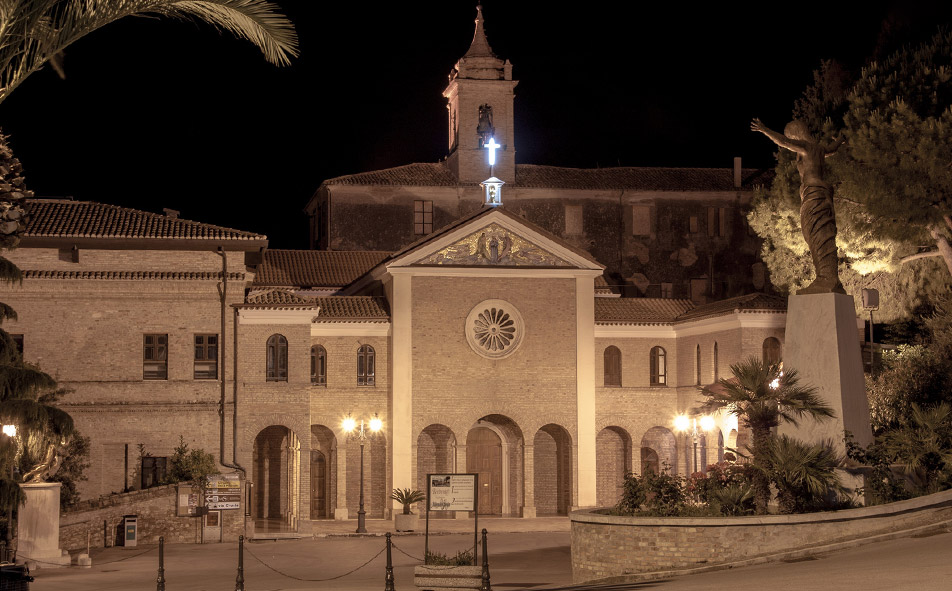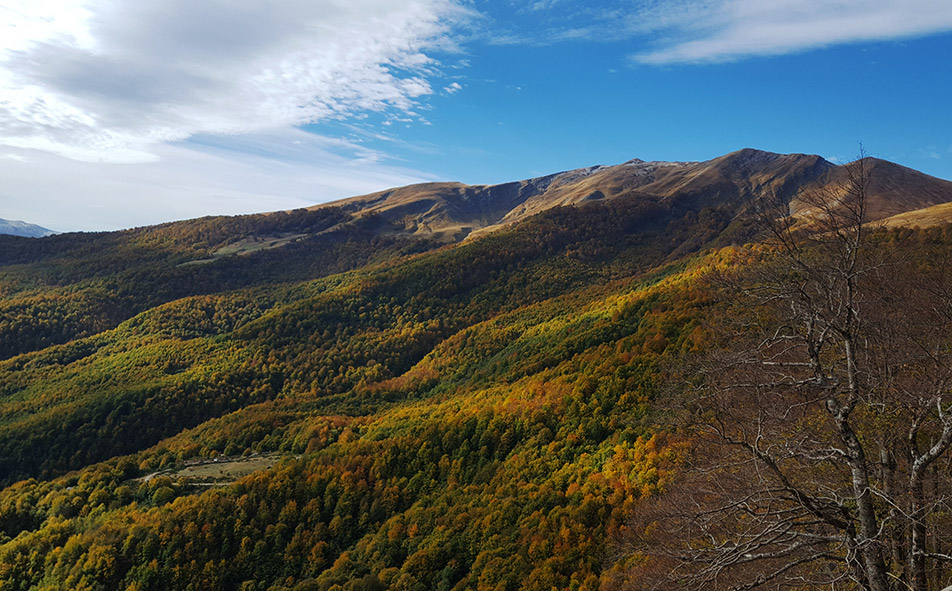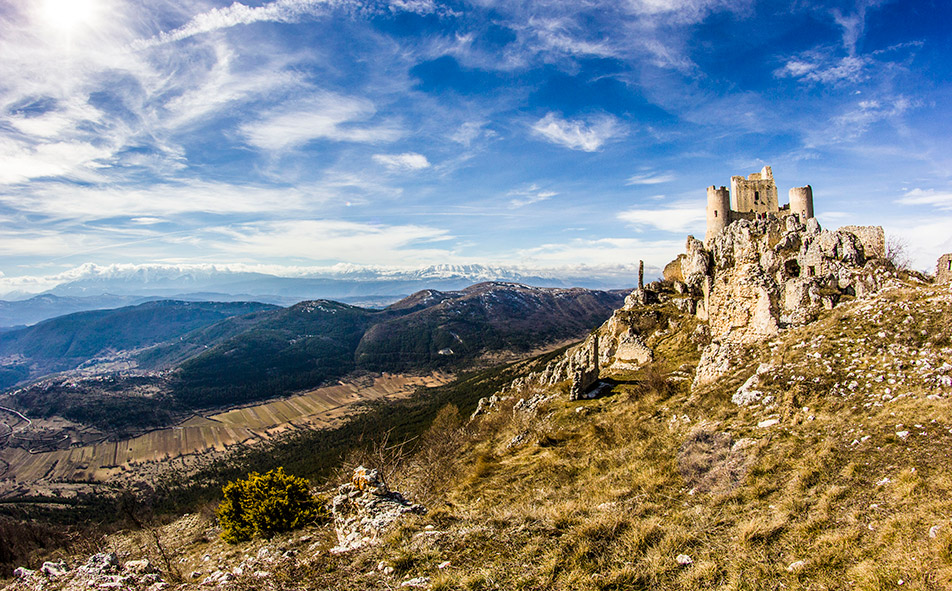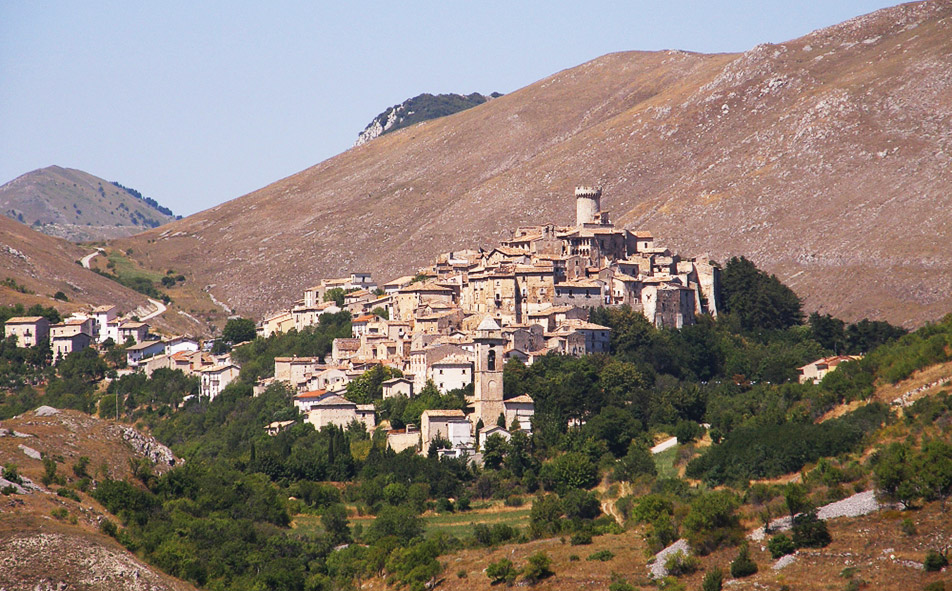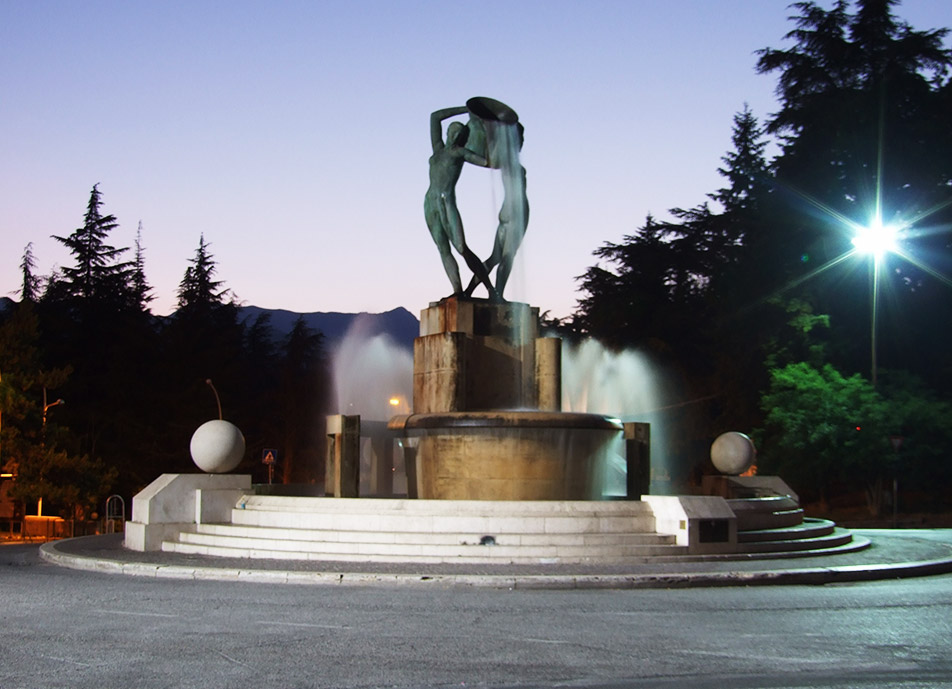Teramo
Teramo (Latin: Interamnia Praetutiana, Interamnia or more rarely Interamnium and Interamna) is a city in the central Italian region of Abruzzo, the capital of the province of Teramo.
The town is situated near the confluence of the Vezzola and Tordino rivers and is a very old city, founded in pre-Roman times, though the general aspect is more recent, due to many 19th- and 20th century buildings.
Since for a long time it was a border place between the Kingdom of the Two Sicilies and the Papal States, it acquired a separate identity and, because of the difficult communications with the other parts of Italy, it stayed isolated for long periods of time. The Gran Sasso tunnel recently allowed Teramo to move out of this isolation.



